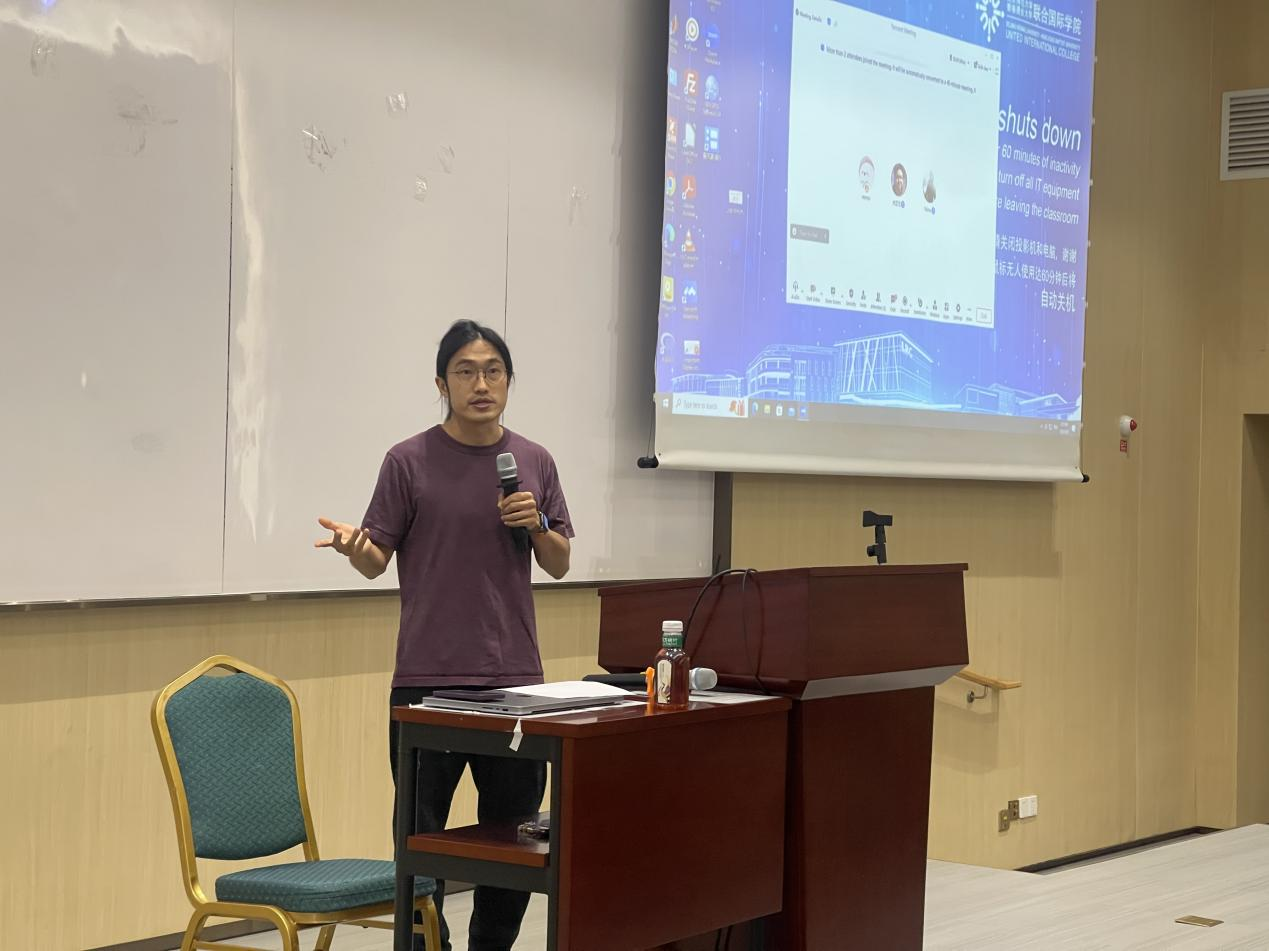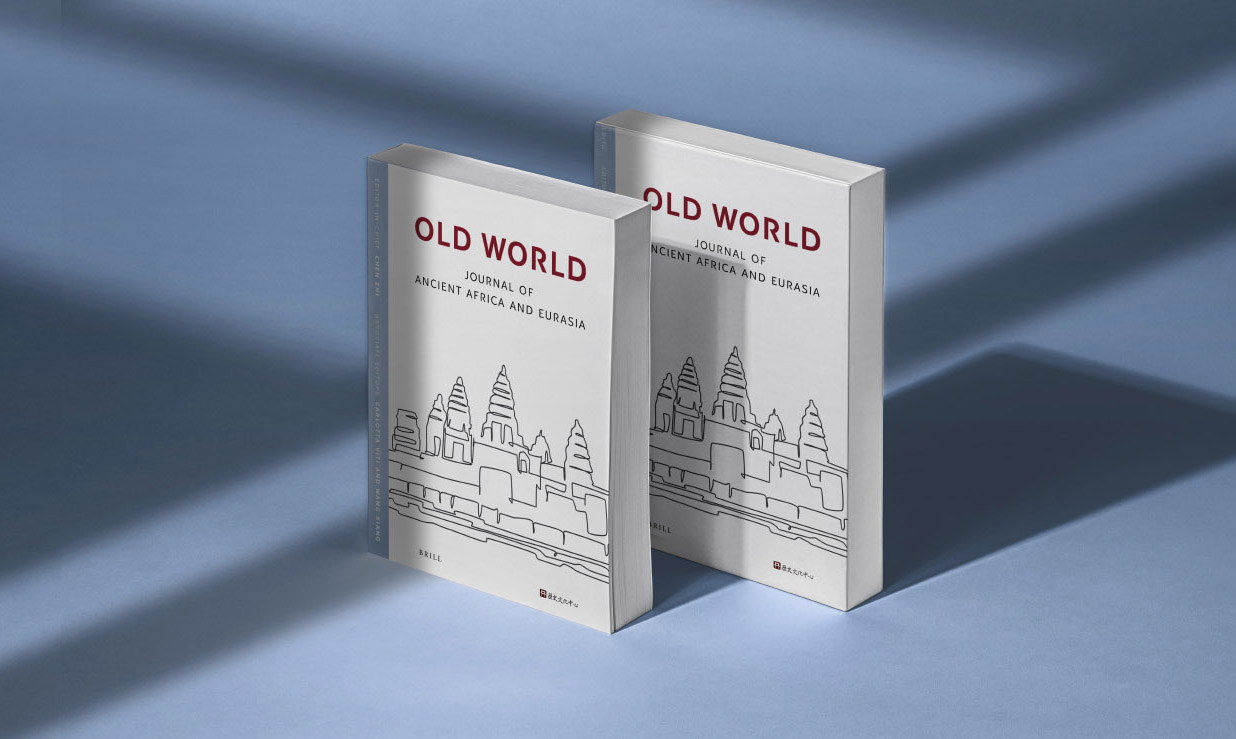
The “Scent Seeking, Pulse Discovering: Chinese Incense Culture Theme Exhibition” officially opened on 1 December 2025 in Classroom CC324. Organised jointly by the Historical and Cultural Centre, the Chinese Culture and Global Communication Project and Zhongshan Tianxiang Bieyuan Cultural Communication, the exhibition offers visitors a unique opportunity to immerse themselves in the historical context and spiritual significance of Chinese incense culture. It will run until 3 December, and during this time, professors and students are welcome to enter freely, enjoy the different scents on offer, and engage with the material. ...
READ MORE

To carry forward China’s outstanding traditional culture and explore new approaches to preserving and passing on grotto cultural heritage, the "Bingling Temple Grottoes on Campus" public forum—hosted by the China Foundation for the Conservation of Dunhuang Grottoes, organized by the Bingling Temple Cultural Relics Conservation Institute, and co-organized by the Research Center for History and Culture —was successfully held on November 19, 2025, at Beijing Normal University–Hong Kong Baptist University United International College (hereinafter referred to as BNBU). ...
READ MORE

Christine
Finding Direction in Dislocation: Dr Chen Zhan's Lecture "Are We the Generation Left Behind by AI?"On the afternoon of May 20th, RCHC invited Dr Chen Zhan to give a special lecture entitled "Are We the Generation Left Behind by AI" at BNBU. The lecture included three stories spanning across time and space, discussing the cognitive limitations in the AI era and the possible direction of human civilization. ...
READ MORE

Old World is an inclusive, non-Eurocentric, multi-disciplinary journal devoted to the study of temporal, spatial, economic, social, and linguistic aspects of ancient civilizations from the Old World, namely Africa, Asia, and Europe.
READ MORE

Fully Open Access

Non-Eurocentric Vision of Ancient World

Quick Turnaround

Published by BRILL
 A Preliminary Survey of Rock Art and Early Powers in the Lower Nile Valley during the Late 4th Millennium BC
A Preliminary Survey of Rock Art and Early Powers in the Lower Nile Valley during the Late 4th Millennium BC
 Combining Geo-Archaeology and Historical Nile Records to Understand Predynastic Settlement Patterns in the Region of the Nile’s First Cataract
Combining Geo-Archaeology and Historical Nile Records to Understand Predynastic Settlement Patterns in the Region of the Nile’s First Cataract
 Beyond the Ultima Thule on the Open Sea: the Chinese and Western Encounters in Trans-cultural Literary Perspectives
Beyond the Ultima Thule on the Open Sea: the Chinese and Western Encounters in Trans-cultural Literary Perspectives
 Ancient Greek and Indian Social Contract Theories: a Comparison
Ancient Greek and Indian Social Contract Theories: a Comparison
 Prayojana and Phala: Reception of the Mahābhārata Through Its Commentaries
Prayojana and Phala: Reception of the Mahābhārata Through Its Commentaries
 Comparing Rhetoric in Antiquity: The Greek and Indian Cases in Perspective
Comparing Rhetoric in Antiquity: The Greek and Indian Cases in Perspective
 A Mediterranean Thesaurus: Substratal Plant Names and Landscape Terms in Latin and Romance
A Mediterranean Thesaurus: Substratal Plant Names and Landscape Terms in Latin and Romance
 Replacing “Ethnicity” with Investigations of More Specific Identities in the Ancient Nile Valley
Replacing “Ethnicity” with Investigations of More Specific Identities in the Ancient Nile Valley
 New Insights into Middle Nubian Ceramic Traditions at Elephantine: An Attempt for a Better Understanding of Cultural Complexities in Upper Egypt and Nubia
New Insights into Middle Nubian Ceramic Traditions at Elephantine: An Attempt for a Better Understanding of Cultural Complexities in Upper Egypt and Nubia
 De-Constructing the Pan-Grave Horizon: A Community-based Approach
De-Constructing the Pan-Grave Horizon: A Community-based Approach